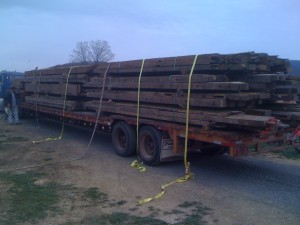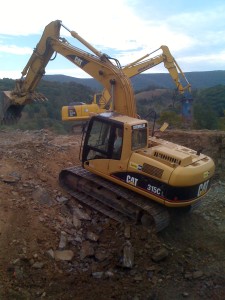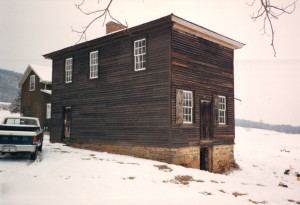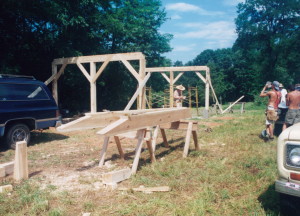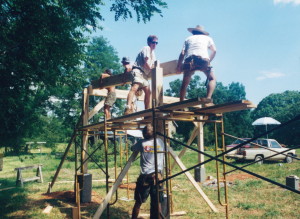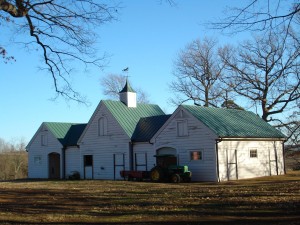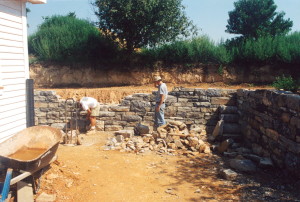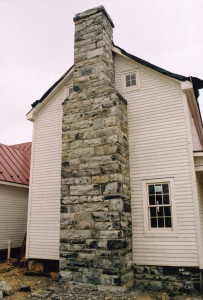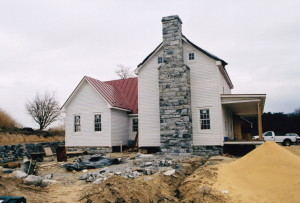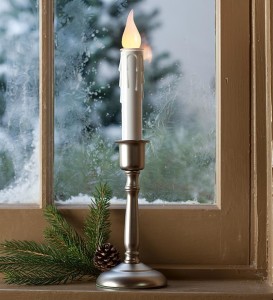The timber frame arrives on site
Noah Bradley2019-06-29T09:58:15+00:00The old timber-framing pieces were the first to arrive on site. The logs wouldn’t arrive for another few weeks.
I’ve seen a lot of anxious homeowners at this stage. A good bit of money has been spent on what looks like a confusing pile of dirty lumber.
But for me, someone who has seen plenty of “piles” during my career, I can’t stop smiling when I see this sight before me.
It’s better than Disney World to a child.
Originally posted 2015-07-05 17:07:31.

